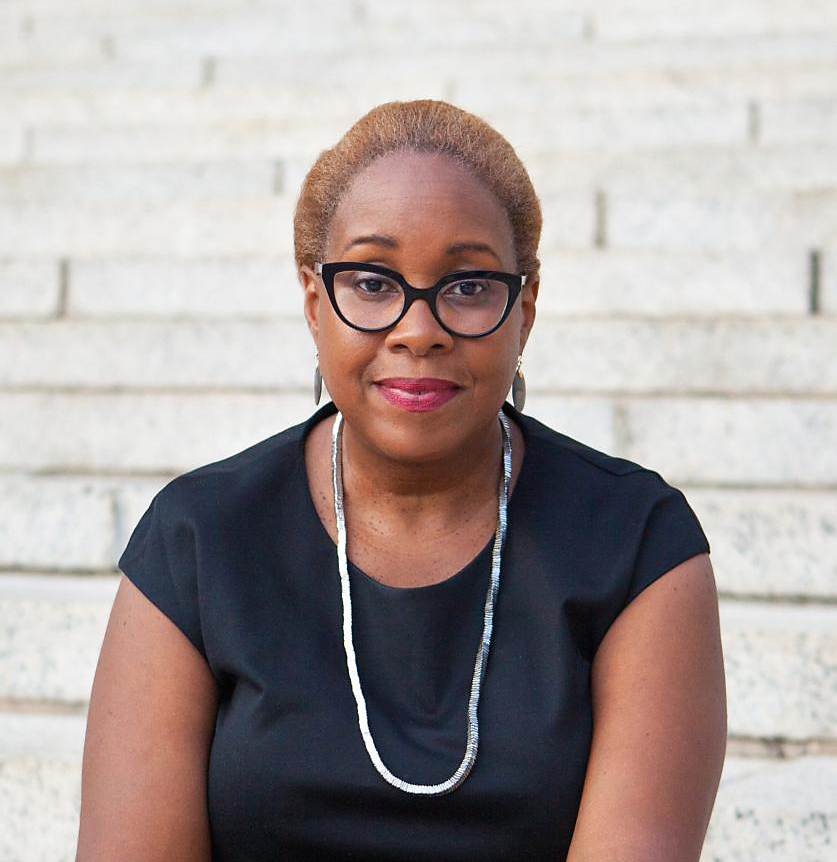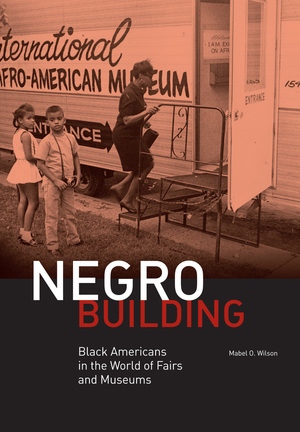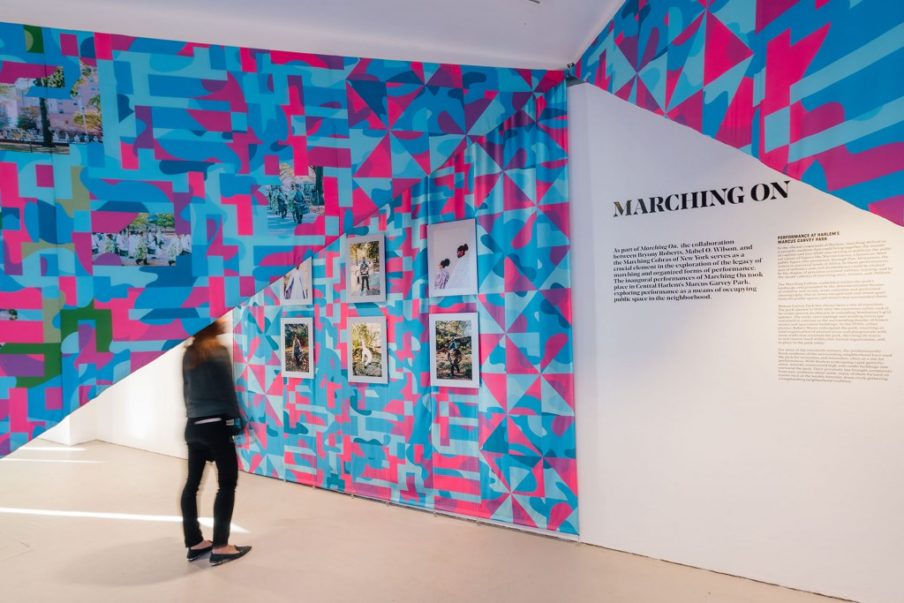Mabel O. Wilson

In Negro Building: Black Americans in the World of Fairs and Museums, Wilson’s discussion of public space and the black counterpublic sphere, asks what it means for “…black Americans to claim a physical space in the nation’s symbolic cultural landscape and a symbolic space in the nation’s historical consciousness, two spheres in which their presence and contributions have been calculatingly rendered invisible and abject for over two centuries?” (Negro Building, 3). To begin to answer this question, Wilson covers select events and institutions in the United States after Reconstruction through the 1960’s, each contributing to a deeper understanding of a more inclusive American historical narrative. Whether it be the great world’s fairs’ Negro Buildings that were first erected in 1895 or the Emancipation expositions that began in the early twentieth century, Wilson’s exposition of black Americans working to change their public representation through exhibition, recontextualizes the current interest in commemorative Black space as part of a winding and complex American story. Wilson explains further, “In the long term this unique social space for critical historical reflection will in turn project a vision of the collective future for all American citizens” (18). Negro Building: Black Americans in the World of Fairs and Museums was a finalist for the John Hope Franklin Prize from the American Studies Association.

Book cover of Mabel O. Wilson's "Negro Building"
Wilson is also the author of, Begin with the Past: Building the National Museum of African American History and Culture which details the history behind the National Museum of African American History and Culture, beginning with the post-Civil-War call for commemorative institutions for African Americans, and ends with an exploration of different exhibitions in the new museum. Her essays have appeared in publications like David Adjaye: Form, Heft, Material, Row: Trajectories Through the Shotgun House, and Entry Points: The Vera List Center Field Guide on Art and Social Justice No. 1. Wilson’s objects and larger installations have been displayed at The Wexner Center for the Arts, the Cooper Hewitt National Design Museum’s Triennial, the Storefront for Art and Architecture, and SF Cameraworks. Her project with Paul Kariouk, The (Away) Station, has been acquired by SFMoMA for their collection. As collaborator, Wilson has been recognized as a finalist for significant competitions including Manhattan’s African Burial Ground Memorial with Kariouk, as well as the Smithsonian’s National Museum for African American History and Culture, where she worked as cultural consultant for Diller Scofido + Renfro.

View of the exhibition and installation of "Marching on: The Politics of Performance" (2018) - Bryony Roberts and Mabel O. Wilson, commissioned for Storefront for Art and Architecture, New York.
Miguel de Guzmán
Education
Mabel O. Wilson studied Architecture at the University of Virginia, earning her Bachelor of Science in 1985. Wilson completed her Master’s of Architecture at Columbia University’s GSAPP and has a Ph.D. in American Studies from New York University’s Graduate School of Arts and Sciences. In 2011, United States Artists recognized Wilson as a Ford Fellow in architecture and design.
Sources
Header image: University of California Press, UCPress.edu
Miguel de Guzmán / Imagen Subliminal, Esse.ca
UC Berkley, CED.Berkeley.edu